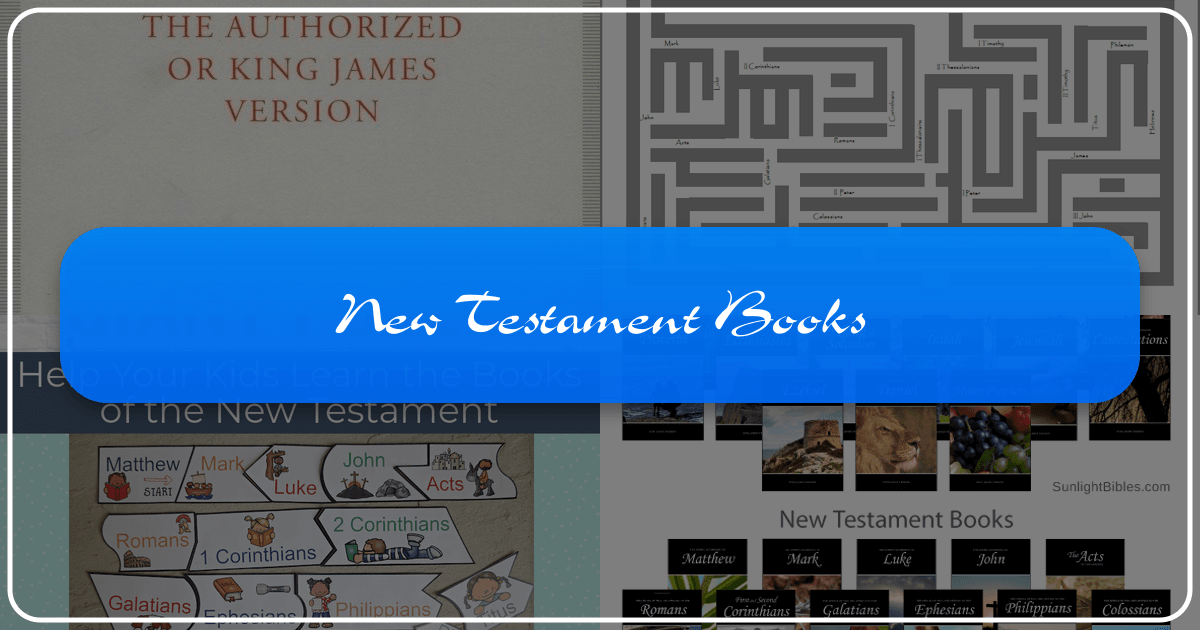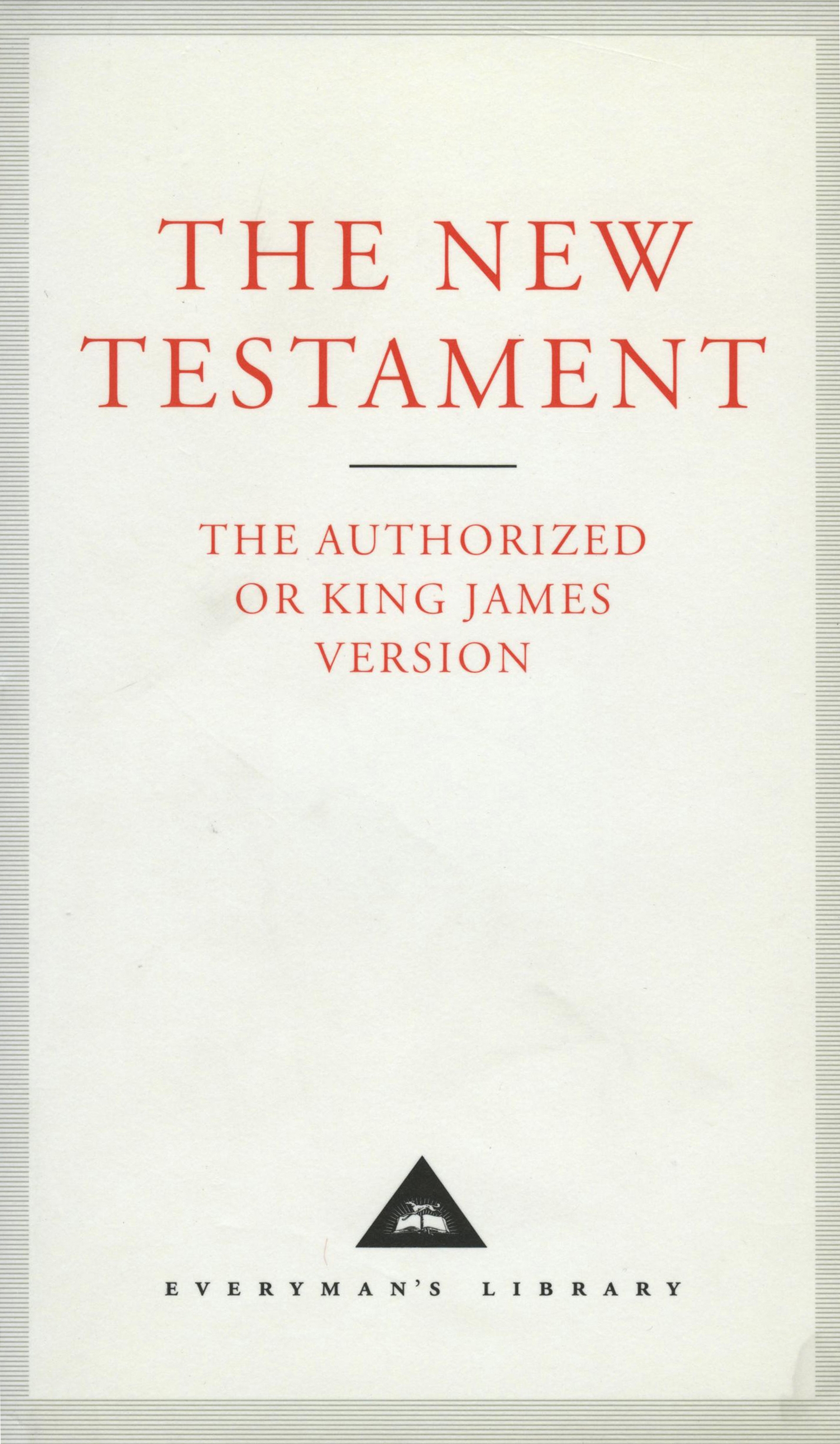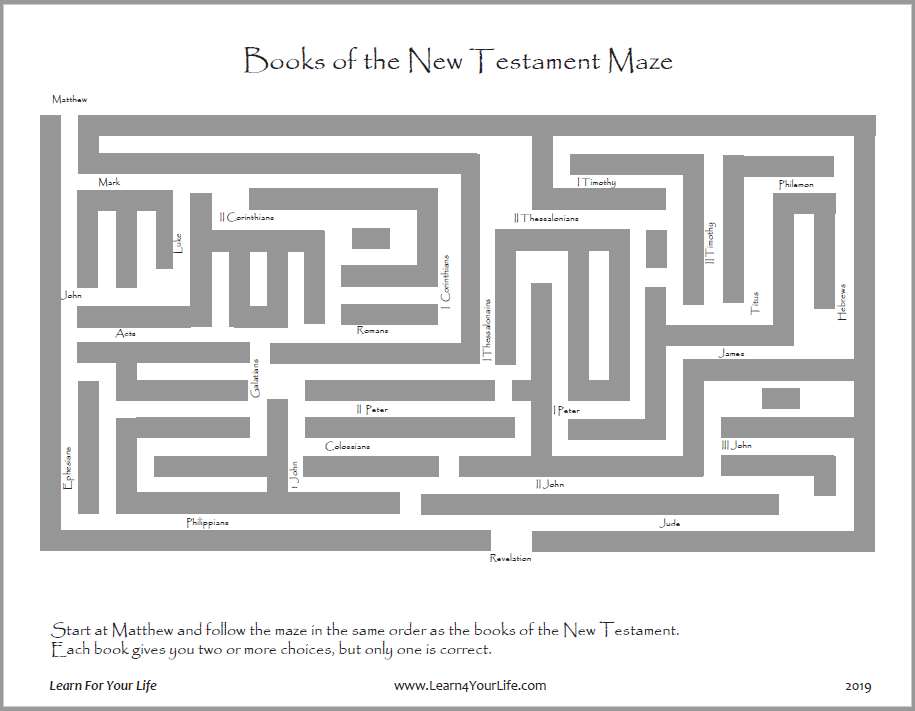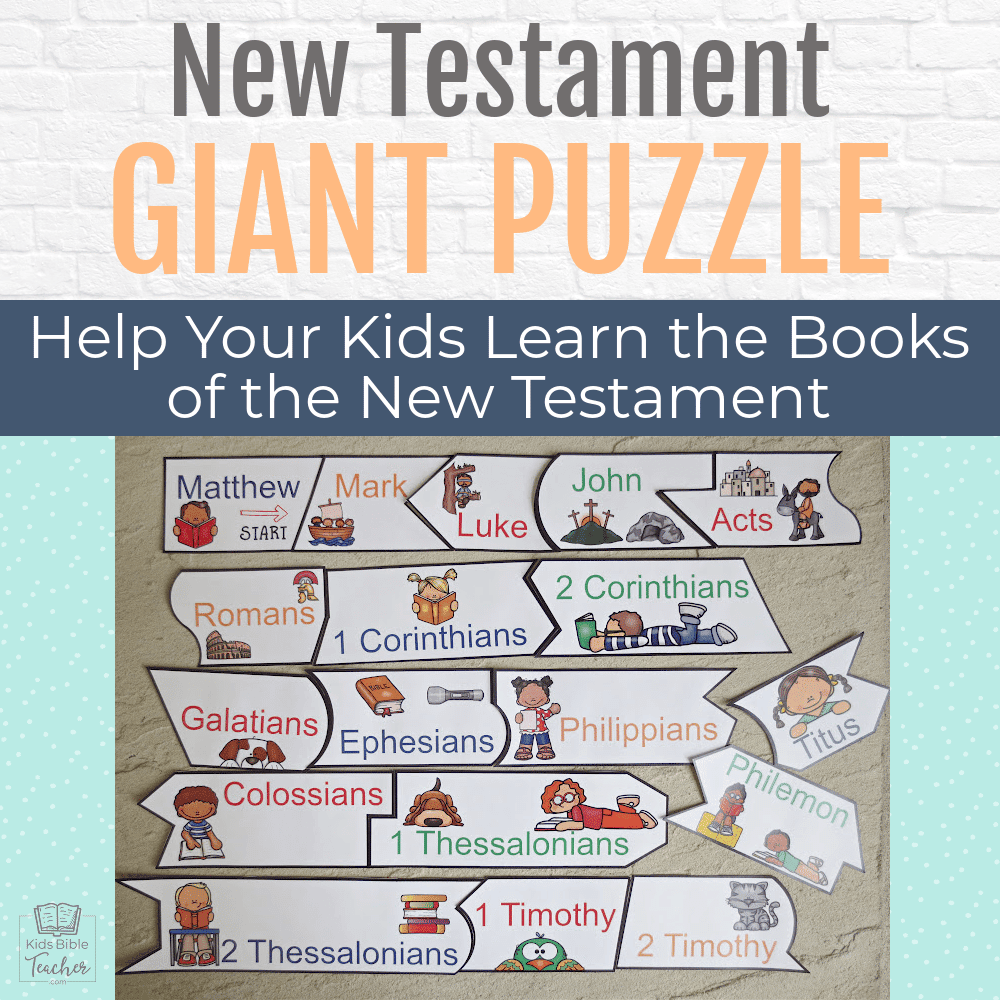New Testament Books: A Comprehensive Guide

The New Testament, comprising 27 books, forms the second part of the Christian Bible. Unlike the Old Testament’s focus on the history and laws of the Israelites, the New Testament centers on Jesus Christ, his life, ministry, death, resurrection, and the establishment of the early Christian church. Its narrative spans from the accounts of Jesus’ earthly life to prophecies of the future. This comprehensive guide explores the New Testament books, examining their genres, authorship, historical context, theological significance, and lasting cultural impact.
Categorizing the New Testament Books

The 27 books of the New Testament are traditionally categorized into four main genres, offering a structured approach to understanding their diverse content and purpose:
1. Gospels: The Life of Jesus Christ
The four Gospels – Matthew, Mark, Luke, and John – are biographical accounts of Jesus’ life, ministry, death, and resurrection. While sharing a core narrative, they offer unique perspectives and emphases:
-
Matthew: Presents Jesus as the fulfillment of Old Testament prophecies, emphasizing his role as the King of the Jews and his teachings on the Kingdom of Heaven. The genealogy tracing Jesus’ lineage back to Abraham highlights his Jewish heritage and messianic claims.
-
Mark: A fast-paced narrative focusing on Jesus’ actions and miracles, portraying him as a powerful servant of God who undergoes intense suffering. This Gospel emphasizes the urgency of Jesus’ message and the importance of immediate discipleship.
-
Luke: Presents Jesus as the compassionate savior of all humanity, highlighting his ministry to the marginalized and his teachings on social justice and compassion. The detailed account of Jesus’ birth and childhood expands on the narrative of his early life.
-
John: Offers a more theological and symbolic portrayal of Jesus, emphasizing his divinity and his role as the Son of God. This Gospel focuses on Jesus’ teachings about his relationship with the Father and his role in salvation. Its emphasis on Jesus’ “I AM” statements underscores his divine identity.
The first three Gospels (Matthew, Mark, and Luke) are often referred to as the “Synoptic Gospels” due to their similarities in content and structure. While some minor discrepancies exist, these variations offer different perspectives on the same events rather than contradictory accounts. The core message remains consistent throughout: salvation comes through repentance and conformity to God. The differences in detail can be likened to multiple eyewitness accounts of a single event, each offering a slightly different perspective but ultimately corroborating the same central truth.
2. Acts of the Apostles: The Early Church
The Book of Acts chronicles the early development of the Christian church following Jesus’ ascension. It details the experiences of the apostles, particularly Peter and Paul, as they spread the Gospel message throughout the Roman Empire. Acts provides a historical context for the letters written by Paul and other apostles, illuminating the challenges and triumphs of the nascent Christian community. The book traces the expansion of Christianity from a small group of Jewish believers to a movement that reached Gentiles across the Mediterranean world. Key events like the Day of Pentecost and Paul’s missionary journeys are central to understanding the growth and spread of Christianity.

3. Epistles (Letters): Teachings and Instructions
The Epistles, or letters, constitute the largest section of the New Testament. These writings, penned by various authors (primarily Paul, but also Peter, John, James, and Jude), address specific issues and provide theological instructions to particular churches or individuals. They offer guidance on various aspects of Christian life, including faith, morality, church governance, and eschatology (beliefs about the end times).
-
Pauline Epistles: Paul’s letters cover a wide range of topics, reflecting the diverse challenges faced by the early churches. Some key themes include justification by faith, the nature of the church, and the relationship between Jews and Gentiles in the Christian community. His letters to specific churches (like Corinthians, Galatians, Romans) address particular internal conflicts and provide pastoral guidance. His letters to individuals (like Timothy, Titus, Philemon) offer personal advice and instructions on church leadership and ministry. The authorship of Hebrews is debated, but its themes align with Paul’s other writings.
-
General Epistles: These letters, written by Peter, John, James, and Jude, offer broader guidance to the Christian community. Peter’s letters emphasize perseverance in the face of persecution, while John’s letters focus on maintaining Christian unity and combating false teachings. James’ letter stresses the importance of living a life consistent with one’s faith, while Jude’s letter warns against false prophets and immoral behavior.
4. Revelation: Prophecy and Eschatology
The Book of Revelation stands apart as an apocalyptic work, filled with symbolic imagery and prophetic visions. It depicts a future conflict between good and evil, culminating in the final judgment and the establishment of God’s eternal kingdom. While its interpretation remains a subject of ongoing debate, Revelation offers a powerful message of hope and reassurance to believers facing persecution. Its vivid imagery and dramatic narrative continue to captivate readers, sparking discussions about its symbolic meaning and its implications for the future. The book’s message is not meant to be cryptic or concealed but rather to openly reveal God’s message to the church.

Authorship, Dating, and Original Languages of the New Testament Books
The authorship of some New Testament books is firmly established by tradition and internal evidence, while others remain a subject of scholarly debate. Dating the books precisely is challenging, but most scholars agree on approximate timeframes based on historical and textual analysis.
The oldest preserved texts of the New Testament are in Koine Greek, the common language of the Eastern Mediterranean during the Roman Empire. However, there’s evidence suggesting that at least some New Testament books, like the Gospel of Matthew and possibly the Epistle to the Hebrews, were originally written in Hebrew. This is supported by evidence such as Papias of Hierapolis’s testimony regarding Matthew’s Hebrew Gospel and the presence of word puns that only make sense in Hebrew. These translations into Greek sometimes resulted in the loss of nuanced meanings present in the original Hebrew.
The Formation of the New Testament Canon
The New Testament canon—the collection of texts officially recognized as divinely inspired Scripture—wasn’t established overnight. The process of recognizing specific texts as authoritative took several centuries, with various councils and church leaders playing key roles in defining which books should be included. Athanasius’s Easter letter of 367 AD is often cited as the first formal recognition of the 27 books that constitute the New Testament canon. This process involved careful consideration of factors such as authorship, content, and widespread acceptance within the early Christian communities.
The Cultural and Literary Impact of the New Testament
The New Testament has had a profound and enduring impact on Western culture and literature. Its influence extends far beyond religious circles, shaping ethical thought, artistic expression, and societal values. The stories and teachings of the New Testament have inspired countless works of art, literature, and music. The enduring influence of the New Testament’s teachings on morality, social justice, and the concept of love continue to resonate in various aspects of contemporary life. The New Testament’s narrative and characters have also been adapted into numerous films, plays, and other media, ensuring its continued relevance and accessibility to diverse audiences. Its message of hope, redemption, and love continues to inspire and comfort people across generations and cultures. The New Testament’s impact, through its literary, theological, and historical significance, remains a crucial part of the global cultural landscape.
This comprehensive guide provides a foundational understanding of the New Testament books. Further study and exploration will enrich one’s understanding of this pivotal collection of religious texts, revealing layers of meaning and significance.